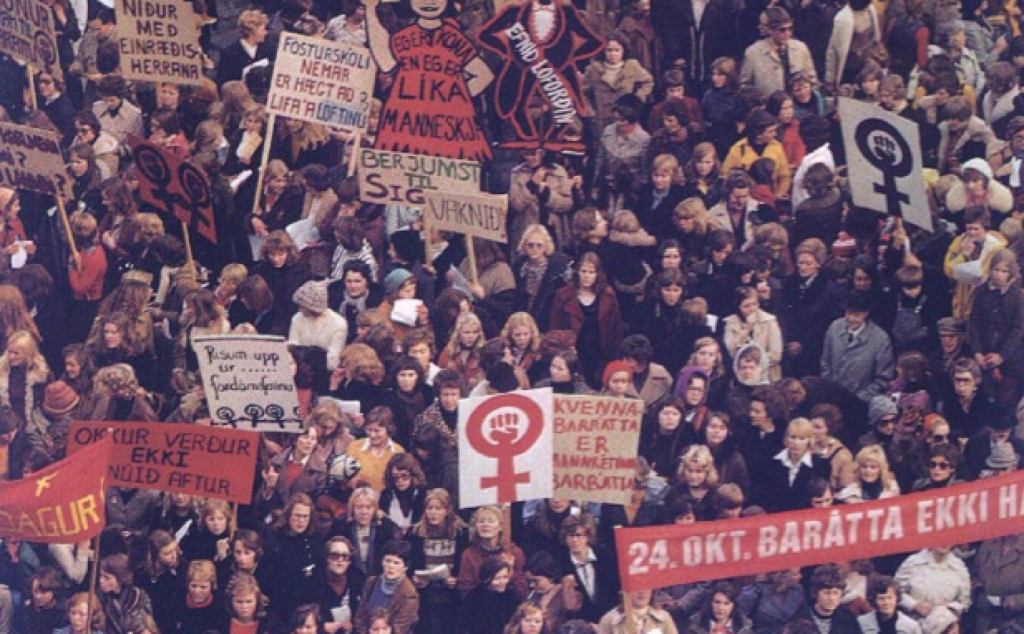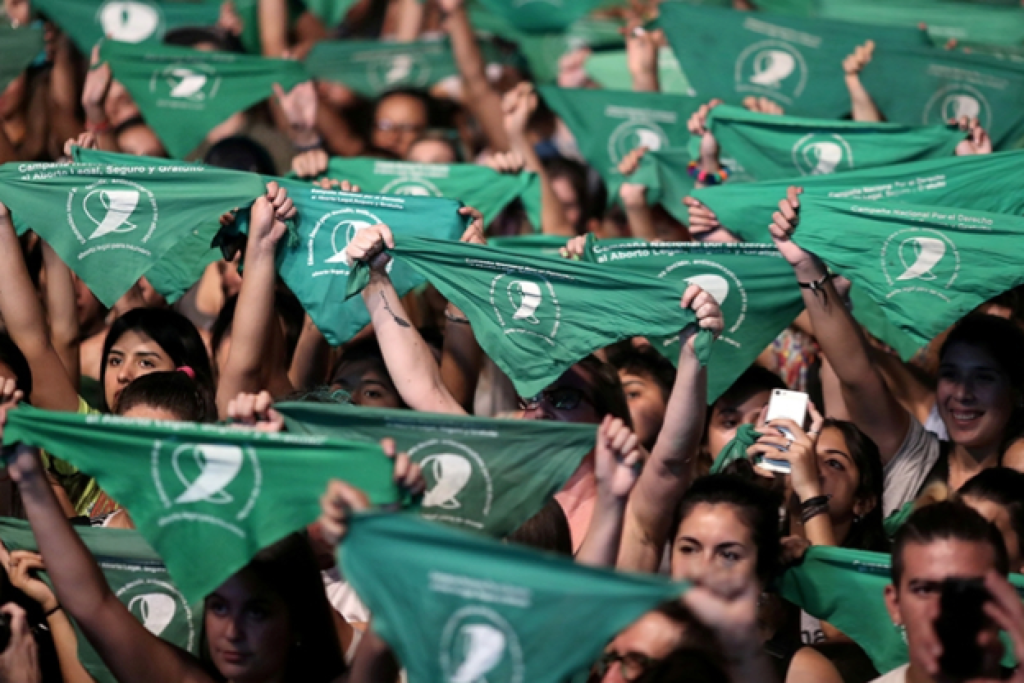Women have been going on strike throughout history. In fact, many strikes and revolutions have been started by women. Here are a few of the most important feminist strikes in history:
- July 6th 1888, the Match Girls Strike:
Children who were making matches at a factory in London, working 12-hour days, paid very little, and exposed to “phossy jaw” (caused by exposure to phosphorus) led a huge walkout.
- November 3rd 1909, the uprising of the 20.000:
Around 20.000 factory workers protested against the cut wages and touch conditions in New York’s garment industry. It was the biggest strike by women ever undertaken in the US. Workers shared a common set of underlying grievances about wages, hours, workplace safety, and workplace indignities suffered specifically by women (such as unwanted sexual advances, threats, and invasions of privacy).

March 8th 1917, Women spark the Russian Revolution
On International Women’s Day in 1917, women textile workers in the Vyborg district of Petrograd went on strike, left the mills, and moved in their hundreds from factory to factory, calling out other workers on strike and engaging in violent clashes with police and troops. Unskilled, low paid, working twelve- or thirteen-hour days in dirty, unhealthy conditions, the women demanded solidarity and insisted on action from men. The women were rioting for bread and against the war.
August 17th 1918, London Transport Women’s Strike:
As women working at the Willesden bus garage were not entitled to receive the war bonus that was given to their men counterparts, the former decided to go on strike. After a week, the strike had spread to several other transport outposts which finally led the company to grant its female workers the bonus.
- February 27th 1937, the Woolworth Sit Down Strike:
Around 100 clerks at Woolworth’s Detroit store stopped working which brought the attention to workers’ request for a raise to compensate the 40-hour working week, and the overtime. After a week, the company reached an agreement with the union.
- November 1st 1961, the Women’s strike for Peace:
Thousands of women around the world demonstrated against nuclear testing.
- June 7th 1968, the Dagenham Women’s Strike:
Women workers at the Ford plant in Dagenham went on strike, for equal pay, for 3 weeks. The workers ended up achieving 92 percent of the men’s payment rate, which still wasn’t parity. However, the strike also resulted in the UK’s Equal Pay Act.
- August 26th 1970, the Women’s Strike for Equality:
50.000 demonstrators in New York call out for the fight for reproductive rights, childcare provisions, and equal employment rights.
- October 24th 1975, the Women’s Day Off:
Around 90 percent of women residing in Iceland took a day off to demonstrate the contribution they made with their labor, both in the workplace and at home.

- August 23rd 1977, the Grunwick Dispute:
100 immigrant workers went on strike at the London Grunwick’s film processing plant to protest against their poor treatment at the plant. The dispute became of interest to the trade union movement at large.
- 14th of June 1991, Frauenstreik Switzerland
Under the motto « If woman wants, everything stands still », hundreds of thousands of women throughout Switzerland took part in protest and strike actions on June 14, 1991. On the occasion of the tenth anniversary of the anchoring of the article on equal rights in the Federal Constitution, the Swiss Federation of Trade Unions had called for protest against the hesitant implementation of the article of the Constitution and continuing inequalities in numerous areas of society, the economy and politics. Most of the country’s women’s organisations joined this call.
Historisches Lexikon
Sozialarchiv
- March 8th 1994, Frauenstreiktag Germany:
1 Million women were on strike on 8th of March 1994 in Germany. Women in Germany felt there was a rollback on women’s and worker’s rights. They planned on striking their paid job and the unpaid housework, not buying anything that day, not smiling for anyone, and leaving the men with the children. Women in Germany were inspired by the women from Iceland (1975) and Switzerland (1991).
- June 3rd 2016, Ni Una Menos (Not One Less):
Ni una menos is a Latin American feminist movement which started in Argentina and spread across several Latin American countries. On June the 3rd 2016, women marched against femicides in Buenos Aires.
- October 3rd 2016, Black Monday:
30.000 demonstrators wore all black in the protest strike in solidarity against government’s near- total ban on abortion in Poland. The strike persuaded the government to pull back on one proposed, controversial anti-abortion bill.
- March 8th 2018, the Feminist Strike:
Tens of thousands of demonstrators marched through the streets of Madrid and other Spanish towns and cities to oppose violence against women.
- June 14th 2019, Women’s Strike:
In Switzerland, hundreds of thousands of women took the streets to demand higher pay, greater equality and more respect.
- May 29th 2019, Protest to legalize abortion:
Across Argentina, thousands of people streamed along the arteries of the capital city of Buenos Aires for a massive demonstration that marked the next chapter in the fight to legalize abortion in the country.

- October 30th 2020, Protests against abortion ban:
Outraged by a court decision to ban nearly all abortions, tens of thousands of women took to the streets of Warsaw. The worldwide protests led to the delaying of the abortion ban.
